In the U.S., collegiate artistic swimming offers athletes the chance to pursue a university degree while continuing to compete at a high level. At the 2025 Collegiate National Championship, 13 teams—five varsity and eight club—brought together more than 100 swimmers, including many with elite experience.
Top varsity programs like Stanford, the Ohio State, and the University of the Incarnate Word (UIW) have become homes for many former national team athletes, while for others, college is just one step in a longer competitive journey.
In this four-part series, hear from Marloes Steenbeek (NED), Jacklyn Luu (USA), Nour Shamala (EGY), and Nikki Dzurko (USA) about their experiences following the collegiate artistic swimming path before coming back to swimming on the international stage.
Nicole “Nikki” Dzurko has been a familiar name in U.S. artistic swimming for nearly a decade. A soloist at the 2016 World Junior Championships and a member of the senior national team at the 2017 World Championships, she went on to compete for The Ohio State University from 2018 to 2023, capturing national titles in solo, duet, and team.
Ahead of the 2021 season, she took a break from collegiate competition to return to Team USA, before finishing her degree in Environmental Science, Sustainability and Business at Ohio State. Since rejoining the national team full-time, Dzurko has become a cornerstone for the U.S., helping secure silver and bronze medals in acrobatic team at the 2023 and 2024 World Championships, and contributing to the nation’s qualification for the Paris Olympic Games.
Though she wasn’t ultimately selected for the Olympic team, Dzurko’s drive hasn’t faltered. Throughout the 2025 season, the 25-year-old played a vital role in all three team routines, showing her value as both a performer and a leader on the international stage. At the World Championships in Singapore, she helped the U.S. finish fourth in free team, sixth in technical team, and ninth in acrobatic team.
Inside Synchro: Growing up in the U.S., did you always know that you wanted to join a collegiate team eventually?
Nikki Dzurko: Not at all, it definitely came later in my career. I actually never even thought about collegiate artistic swimming until my senior year of high school, which is kind of crazy. I thought I was going to stay with the national team and just do community college. But after I went on a few recruiting trips, I completely fell in love with collegiate swimming. At that point in my career, I just felt like I needed that kind of synchro, versus the intensity of the national team. I also really wanted to get my degree, so it ended up being a perfect fit and definitely the right move.
IS: Why did you decide on the Ohio State University?
ND: A lot of teammates from the national team had gone to Ohio State, or were about to go there, so I had a bunch of connections already. A few of my friends were also looking into attending the same year as me, so it all felt natural to reach out. Holly [Vargo-Brown, the Ohio State’s head coach] was also at the last World Championships I had gone to, so I knew her already.
Then, the recruiting trip was a great introduction to the school. I immediately got the sense that I wanted to come here. I also knew the artistic swimming program was really fierce and one of the top in the country. Since I wasn’t going to be on the national team, I wanted to be a part of a team that was still going to help me grow in the sport while I could work on my degree.
So, with all of that, Ohio State just really fit the bill. I know other schools are really great too — I have a lot of friends who went to different collegiate programs — but for me, Ohio State was a done deal. As soon as I got there, I knew it was going to be a really good fit, and exactly what I needed at that point in my life and career.
IS: You went there straight after the 2017 World Championships. How did your first year go?
ND: It was definitely a big switch up. Before, I’d always put synchro ahead of everything else. I did online school, and my first priority was always to be at the pool. At Ohio State, the coaches really emphasized that being a student-athlete means being a student first. That was also the first time I had more time for myself, and I could really focus on things outside of the pool. Of course, synchro was still a huge focus, but I finally had the space to dive into my classes and figure out what I’m doing well outside of the water, too.
The collegiate dynamic is also so different from the national team or even club. College was much more collaborative; it wasn’t just a coach telling you what to do. Teamwork was really valued, and it wasn’t about competing against each other. At the end of the day, we were all fighting for the Ohio State to win the national championship, not just for Nikki Dzurko to win. It was more like, “Okay, we all want to do well. What do you need from me? What do I need from you?”
IS: Did that impact your relationship with artistic swimming?
ND: At the point that I went to college, I was a little bit on the verge of burning out from competitive artistic swimming. Being able to take part in the creative process and be on a team where everyone’s effort was valued made such a difference. Instead of, “You’re not doing this right,” it became, “You’re here, you’re trying, and we appreciate that.”
We are all here for the same reasons and for the same shared goal, so everyone’s always rooting for you. That unified support, where my teammates genuinely wanted me to succeed because it meant we would all succeed, created an environment for me to really appreciate the sport again.
Working in that collaborative way, instead of just following what a coach told us to do, came at exactly the right time in my life. I had been questioning whether I even wanted to continue with artistic swimming, and Ohio State gave me a chance to fall back in love with it. It was a healing environment where I could rediscover what I loved most: the creativity, the team dynamic, and the family atmosphere.
IS: So it sounds like returning to elite wasn’t really in the cards at first for you.
ND: My first year, I was just really enjoying collegiate artistic swimming. But by the time I began my sophomore year, I started to get the itch for international competition again. I was at a point where I had kind of reverted my burnout, and I’d really fallen in love with the sport again. It was around then that I was starting to think about going back, thinking that I had more to give.
Then, of course, COVID happened, but that provided the perfect opportunity to pop back in. When we were home for the pandemic, I trained hard and made the national team. So, I took a redshirt year from school to compete with the national team again. I was enjoying it more than I did before college. But I still wanted to finish my degree, and my collegiate career on a really positive note. So I went back to Ohio State and gave what I could to the program before graduating. Then I went back to the national team full-time.
IS: How was that transition?
ND: The biggest adjustment was getting used to the long, intense practices again. With limits of around 20 hours of training a week, every practice in college has a purpose. Team, duet, solo, you get it done. In elite, eight-hour practices sometimes include downtime, or less focus, but in college, I learned how to maximize every minute. That mindset carried over to the national team, helping me get more out of longer training days and be more effective in the water.
In college, I also had more things outside the pool — school, work, life — but I’ve tried to keep that balance because college taught me how much it helps to have other parts of your life going on. But it’s definitely challenging when you’re at the pool from 7 a.m. to 3 p.m.
IS: What’s the most important takeaway from your collegiate experience that you’re carrying with you back to the elite world?
ND: One is having personality in the pool. In my first years doing elite, I never really got to explore my creative side, or how I am as a team captain, or what strategies of improv’ work best for me, or who I work really well with. Collegiate synchro gave me that space, and those experiences have really helped me grow as an artistic swimmer.
Now that I’m back on the national team, I feel like a much better leader and a more creative athlete. I genuinely love the improv and choreography process. Before college, creating routines was stressful for me, but now it’s one of the things I enjoy most.
The second big takeaway is, again, time efficiency. Ever since I was 13, I was used to long, eight-hour practices and just “getting through it.” College taught me to work differently — to focus on hitting goals rather than just enduring a time limit. Now, even in eight-hour national team practices, I approach them with a plan: I set goals for what I want to accomplish in those hours, rather than just waiting for 3 p.m. That mindset has made me much more productive and intentional in the pool.
Those are the two main lessons I carry with me from collegiate synchro, creativity and efficiency. They’ve shaped how I swim and lead today.
IS: What are some of your goals looking ahead?
ND: The [Singapore] World Championships were the first time I was competing in three events since I had hip surgery about a year ago. I was really excited about that; I really wanted to have a great competition and enjoy swimming. I would really love to compete at the 2028 Olympics. But I know things happen. Especially after last year, I’m just taking it year-by-year, trying to better myself as an artistic swimmer and reach some personal goals every year. But yes, the big goal would definitely be to compete at LA 2028, and enjoy the process of getting there.
Responses have been edited for length and clarity.
ARTICLE BY MARI FLORES
Cover photo courtesy of Nikki Dzurko / USA Artistic Swimming.
If you’ve enjoyed our coverage, please consider donating to Inside Synchro! Any amount helps us run the site and travel costs to cover meets during the season.

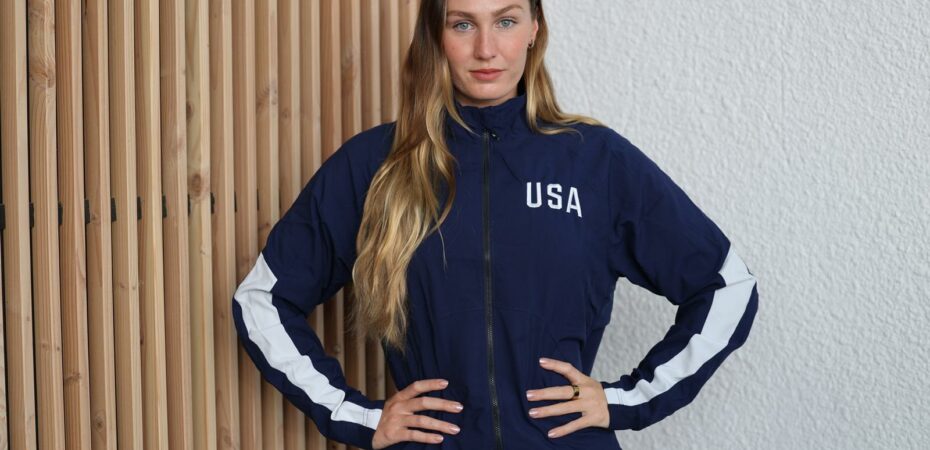
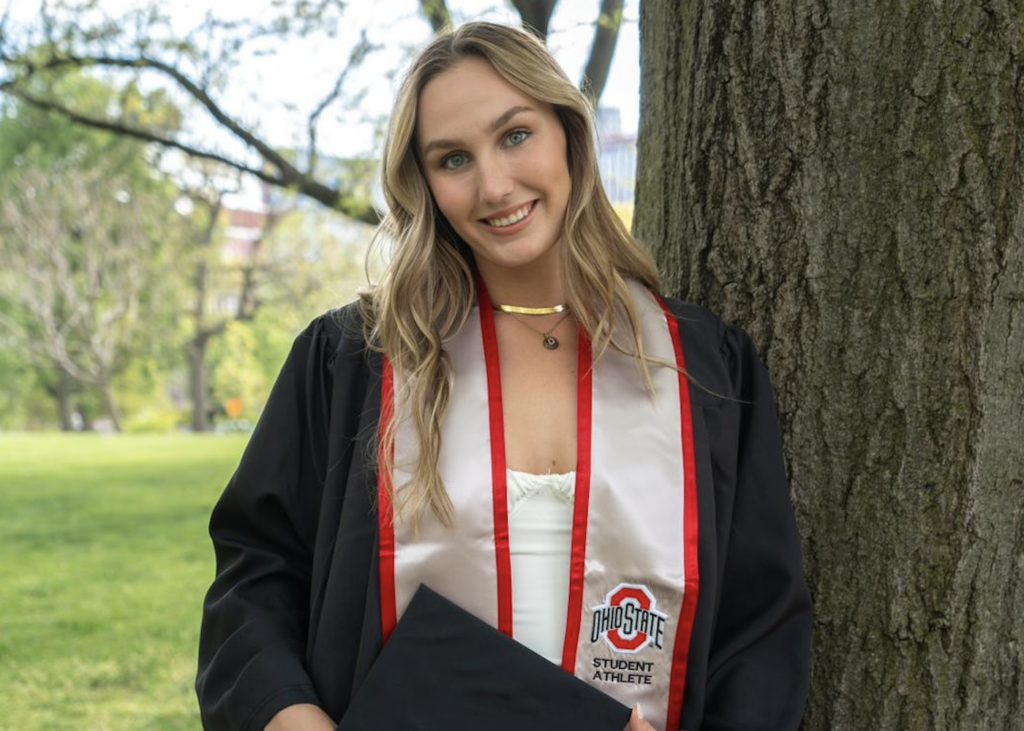
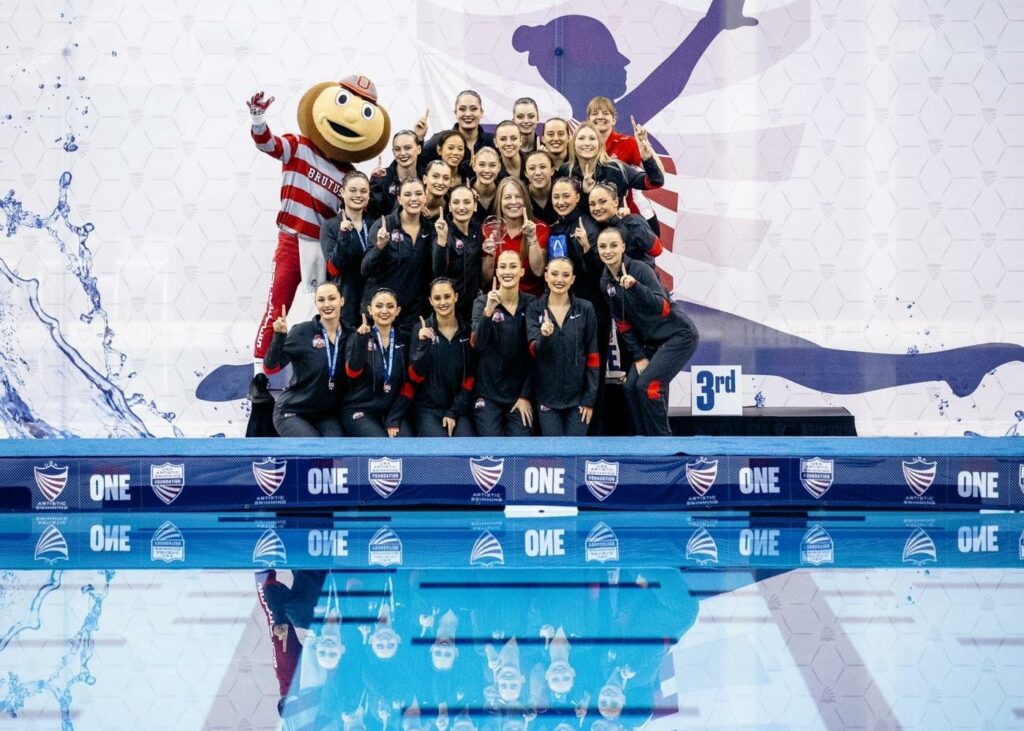
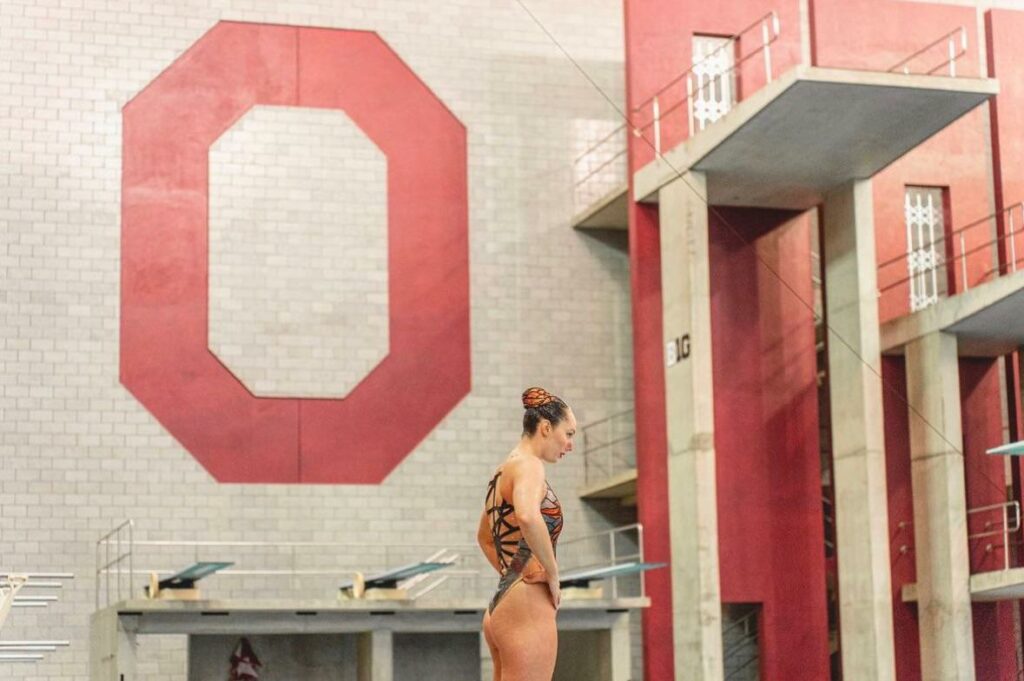
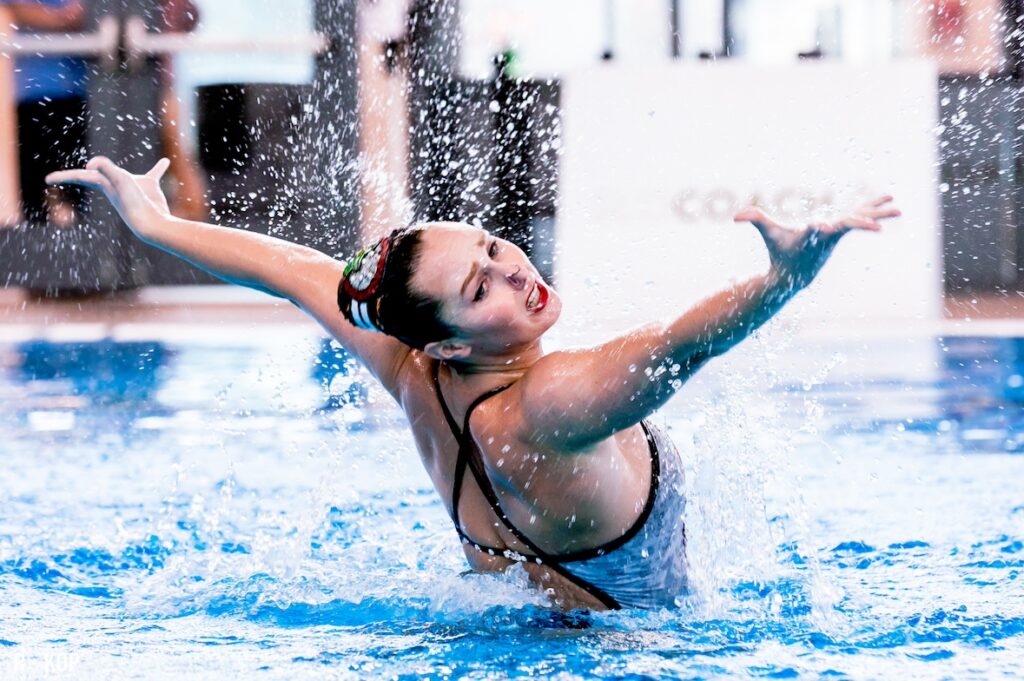
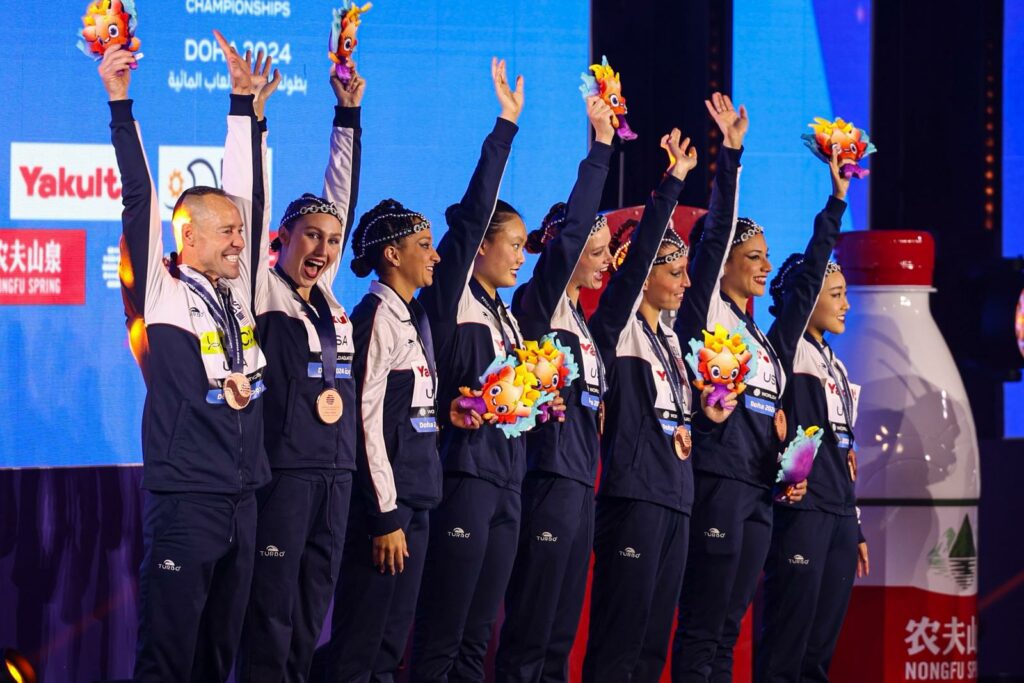
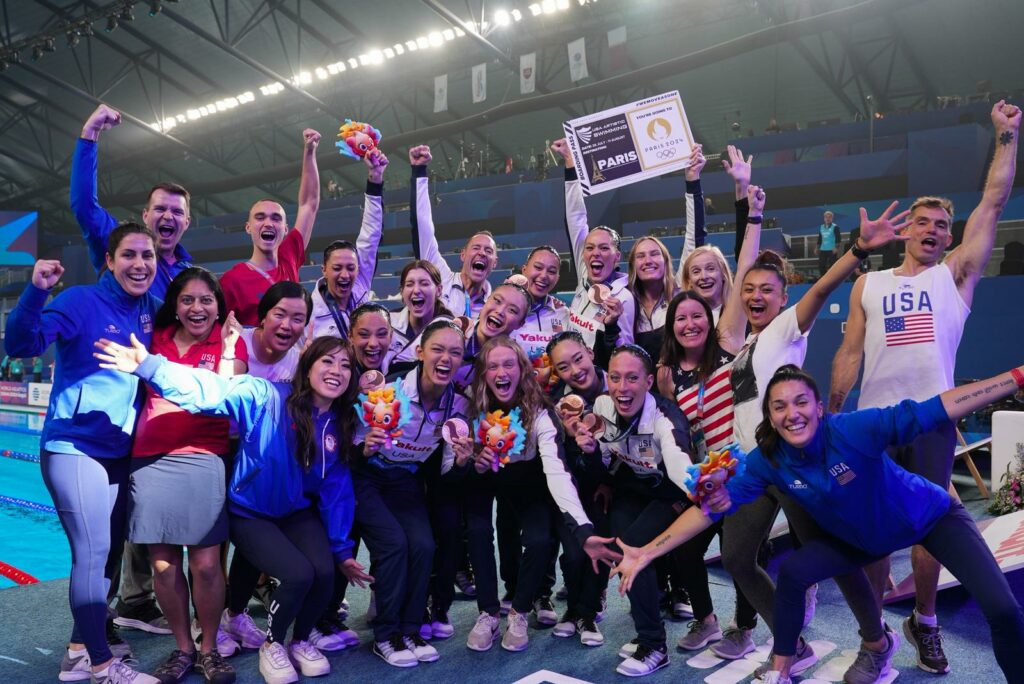
Really great article! So honest and well explained ❤️